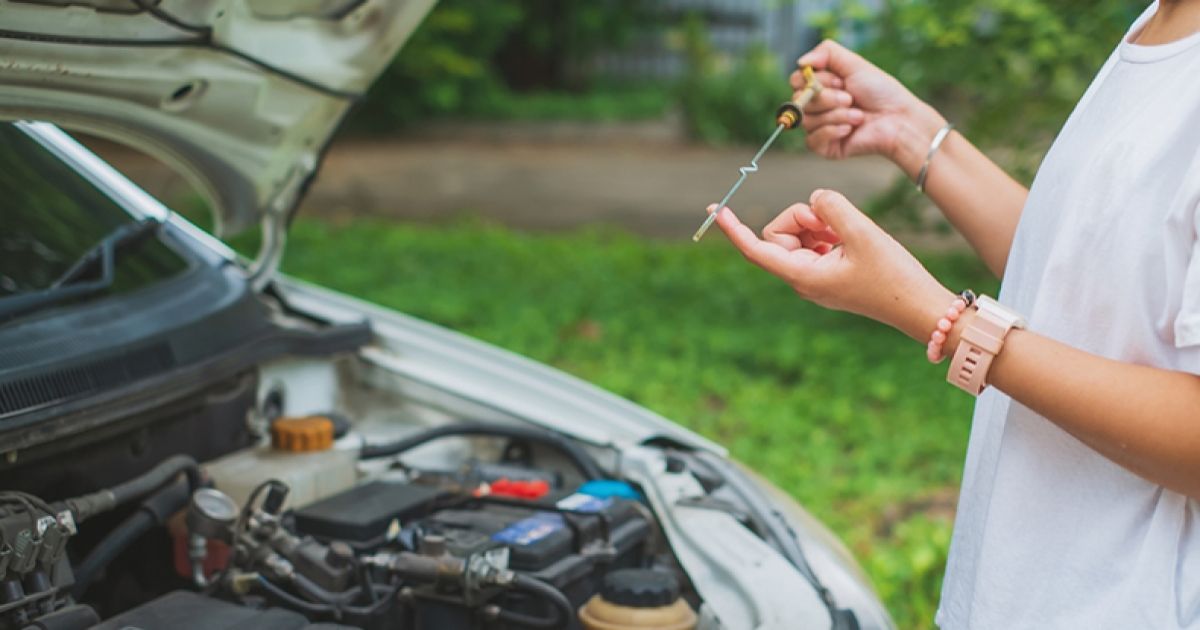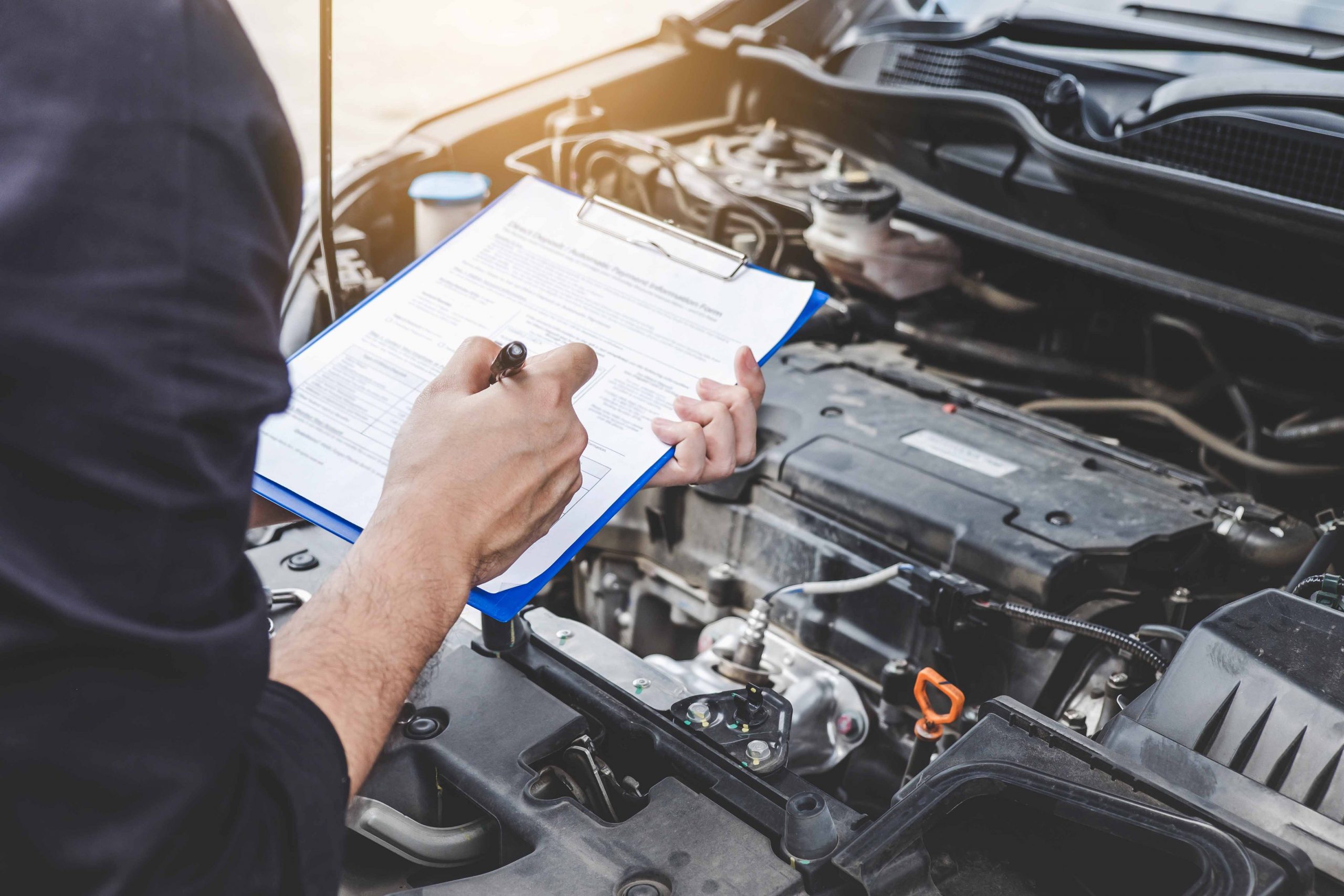
Overview
A careful daily inspection can extend a car’s service life and keep it safe. Regular DIY checks empower owners to spot minor issues before they develop into serious problems. This routine encourages proactive care and builds understanding of essential car functions.
Engine Examination
Begin with a close look at the engine. Inspect for unusual smells, leaks, or noises while the engine is off and after a short drive. A visual inspection of the engine bay offers hints of worn belts or loose components.
Fluid Levels
Review fluid levels by opening the hood and examining the dipsticks and reservoirs. Check oil, coolant, and other essential fluids for appropriate levels and any signs of contamination. Proper fluids contribute to smooth performance.
Tire Condition
Evaluate your tires for proper inflation and tread depth. A careful look at the sidewalls helps detect cuts or bulges. Correct tire pressure not only enhances safety but also improves fuel efficiency and ride comfort.
Battery Inspection
The battery is a critical component for daily use. Inspect its terminals for corrosion and ensure that cables remain firmly attached. If there is any doubt about its condition, consider a professional diagnostic test.
Lights and Signals
Headlights, brake lights, and turn signals are key to safe driving. Test each light for brightness and proper alignment. Faulty lights can pose hazards on the road and may indicate other electrical issues.
Under-Hood Look
A general sweep of the under-hood area is important. Look for any signs of fluid drips or loose wiring. An organized engine compartment with minimal clutter is often a sign of regular maintenance and care.

Interior Check
Inside the car, ensure that gauges and indicators function as they should. Listen for unusual sounds from the dashboard and check that seat belts are in perfect working order. A comfortable, safe interior sets the stage for a secure ride.
Exterior Overview
Take a walk around your vehicle. Look for dents, scratches, or rust spots. The condition of the paint and trim can give clues to minor accidents or long-term exposure to harsh conditions.
Safety Systems
Review safety components such as airbags and ABS sensors by noting any warning lights on the dashboard. Even if everything seems normal, a periodic check by a trusted technician is recommended to be absolutely sure.
Final Thoughts
A consistent routine of basic checks prevents small issues from escalating into expensive repairs. Maintaining this habit improves familiarity with your vehicle’s condition and helps build confidence on the road. With practice, every car owner can be proactive in keeping their vehicle safe.